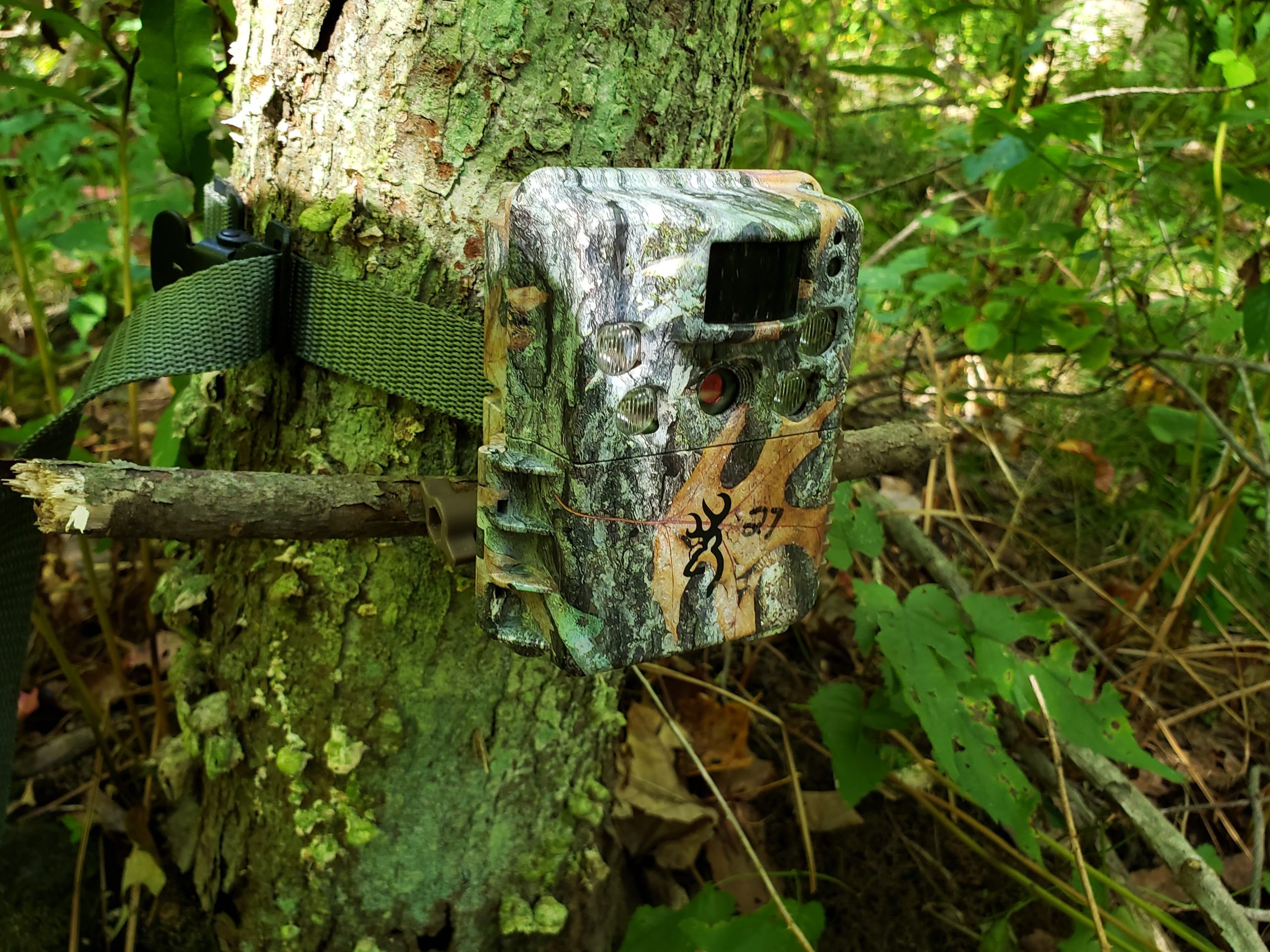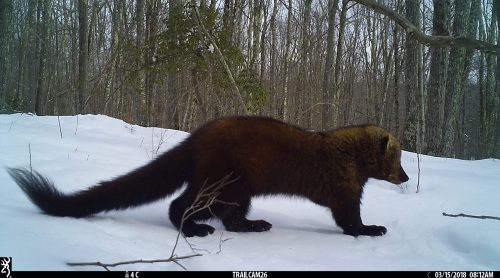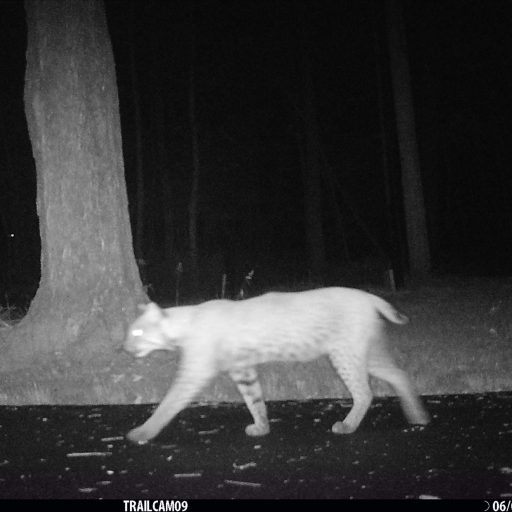My research examines wildlife population dynamics and ecological interactions among vertebrates. In particular, I am interested in how wildlife can be managed and conserved in the face of human-driven environmental change. Most of my research involves mentoring undergraduate students, training them in research techniques and critical thinking, and increasing their awareness of wildlife management. My research combines field and quantitative research, and scientific outreach and education to address key questions in wildlife population ecology:
- 1) How do populations interact with their habitat and with competitors, prey, and predators?
- 2) How might environmental change modify the dynamics of interacting populations?
- 3) What implications do interactions among populations have for simultaneous management of multiple species in one system?
I see my roles as a researcher and student mentor to be inseparable. Over the years, I have mentored both graduate and undergraduate students and engaged them in research. Students working with me have worked on a variety of different projects ranging from investigations of mammal skull characteristics to the impacts of fragmentation on the ecology of white-tailed deer and the ticks that carry Lyme disease to impacts of human activity on mammal distributions. In particular, each fall since 2019 I mentor a team of student researchers as they run a remote camera survey to document mammal activity in Connecticut. This data is contributed to a nation-wide camera-trapping survey SnapshotUSA. Snapshot USA is a far-reaching collaboration that aims to collect data on mammal activity across the United States and make that data publicly available. Participating in this project has been very rewarding for myself and my students and resulted in several publications!
Guiding students through their first scientific research projects is important to me. Research experience can provide an excellent perspective on the big picture of a student’s career. In particular, tackling a problem from beginning to end, on their own, fosters independence, creativity and organization. I let students take the lead because it is crucial that they are allowed to make mistakes, and look for solutions, in a safe environment. I strive to make a student’s first research experience a positive one, whether or not the outcome matches the initial expectation. The ability to learn from the results of research, even when unexpected, helps students gain perspective on the challenges of research and appreciate the iterative nature of the scientific method.

A wildlife camera "trap"

Fisher (Pekania pennanti) photographed by a camera "trap" in the snow

Bobcat (Felis rufus) photographed on a CT driveway

White-tailed deer (Odocoileus virginianus) photographed by a camera "trap" in a Connecticut forest